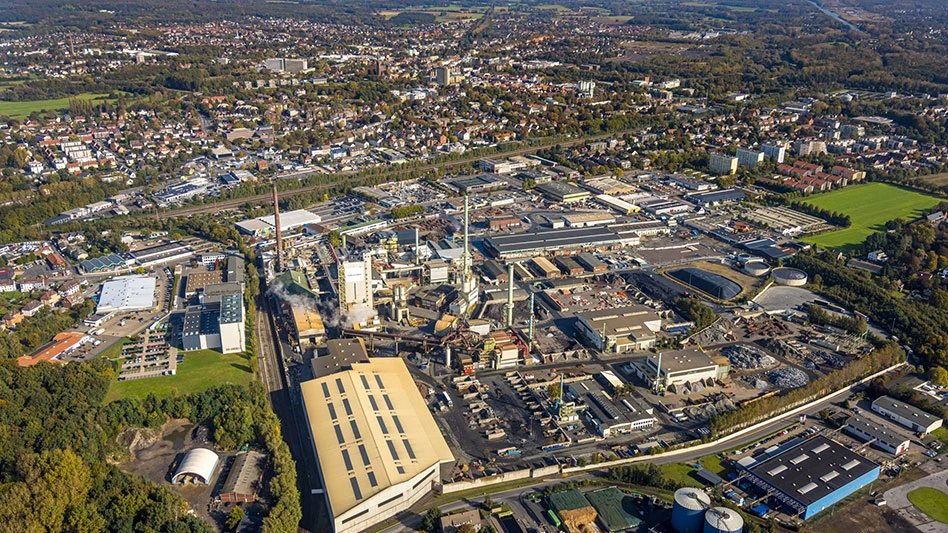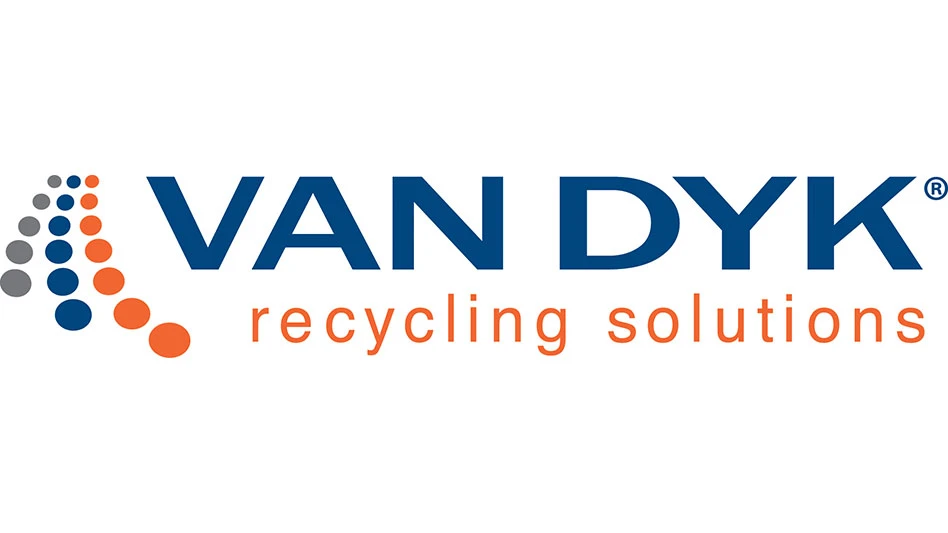
Photo provided by AdobeStock
Mark Victory, a plastics market analyst with London-based ICIS, says the majority of players in the European plastics recycling sector expect tough trading conditions for recycled-content polyethylene (rPE) grades to continue into 2024 due to ongoing bearish macroeconomic conditions, although, he says, many expect this to improve compared with 2023.
The analyst says many of his sources are predicting weak demand for rPE will continue through at least the first half of 2024, and it will potentially not be until 2025 before the market sees a full-scale recovery, depending on the evolution of the cost of living crisis and the substitution pressure to virgin.
Some optimism exists in the recycled-content high-density polyethylene (rHDPE) market, Victory writes in his analysis, with some recyclers “hopeful of a slight bounce” in this year’s first quarter, particularly for packaging grade materials.
“Nevertheless, the packaging sector remains more cost-sensitive than it has been for several years, while the end-use market in sectors such as construction, home improvement and outdoor furniture—which continue to comprise the lion’s share of consumption—remain heavily negatively impacted by the cost-of-living crisis,” he writes.
While rHDPE has remained largely decoupled from virgin market movements, Victory says, low virgin resin prices spurred “continued substitution pressure away from recycled material in 2023—especially for nonpackaging grades.”
That circumstance, according to ICIS, means virgin resin price movements are expected to have an outsized impact on the rHDPE market in early 2024, compared to what is typical.
“While in the short term, market conditions are difficult, the market remains structurally short; coupled with this, 2023 has seen a rationalization of downstream supply, leading multiple players to expect that any recovery could have a swift and pronounced impact on market sentiment," Victory says. "Conditions remain volatile and difficult to predict."
In the recycled-content low-density polyethylene (rLDPE) market, attention also is being paid to virgin resin prices, according to ICIS. “Virgin prices softened toward the end of 2023, and this has the potential to impact rLDPE flexible pellet demand, in particular, if virgin trends downwards into 2024," he adds. "As of December [2023], LDPE prices sat below both rLDPE flexible natural transparent and natural translucent pellet prices."
The European Union’s draft Packaging and Packaging Waste Regulation (PPWR) is expected to pass into law in February, putting in place mandatory recycled content targets for all plastic packaging, Victory writes. However, those mandates do not come into effect until 2030.
Another regulatory impact, according to ICIS, concerns changes to Annex V in relation to Article 22 of the PPWR, which could place restrictions on the use of materials including shrink wrap, which is an important end market for rLDPE flexible pellets.
The change could mean shrink wrap used to group items such as shampoo or cosmetic bottles in bundles of two or three bottles on supermarket shelves could be banned. “However, as is always the case with regulation, there are provisions that may allow the use of shrink wrap outlined in the draft, including if 85 percent of the material can be collected for recycling, and if the alternative packaging types can be proven to have a higher environmental impact than the material they are replacing,” he writes.
The original PPWR draft regulation published in November 2022 and the European Parliament’s Committee on Environment (ENVI) vote on proposed amendments in October “have caused a lot of confusion across the packaging market in general, and players will hope for much greater clarity before the final round of voting,” Victory writes.
Latest from Recycling Today
- Partnership to bring local recycling instructions directly to consumers
- ReMA notes the benefits of recycled materials on America Recycles Day
- Tozero raises 11M euros in seed funding to ramp up battery recycling efforts
- Critical Mineral Consistency Act passes House
- Alberta recycling group selects Diversys to digitize its beverage container recovery program
- Recycling Today Media Group hires Mallory Szczepanski
- Berry increases recycled PE use by 36 percent
- Bower, Varta join forces on AI-powered scanning for consumer batteries





